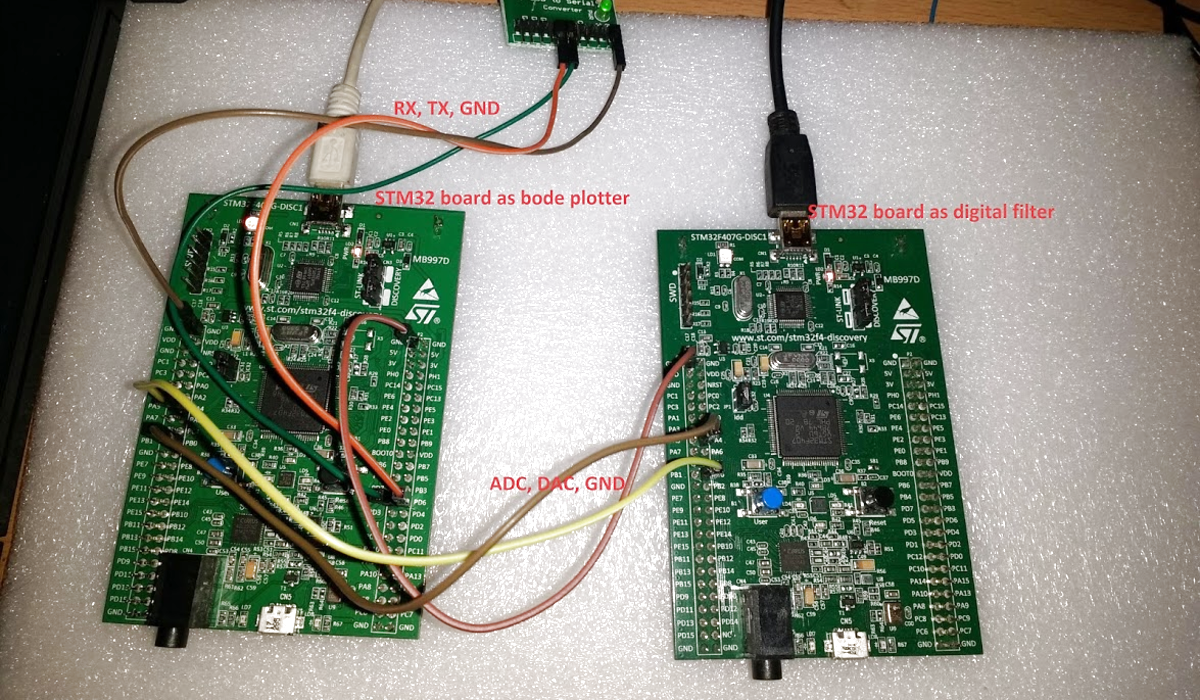Junus2012
Advanced Member level 5
Dear friends
I have designed a tunable integrated LPF. Right now I am evaluating the performance with Cadence simulation. However, when it is coming to reality, measurement is needed. I am not trying to avoid the measurement but I am trying to have fast method in which for example by DSP unit can tell me about the filter properties.
I have seen something like that but couldn't find details
It will be very helpful if you could suggest me such a solution, especially that based on digital processing
Thank you
Best Regards
I have designed a tunable integrated LPF. Right now I am evaluating the performance with Cadence simulation. However, when it is coming to reality, measurement is needed. I am not trying to avoid the measurement but I am trying to have fast method in which for example by DSP unit can tell me about the filter properties.
I have seen something like that but couldn't find details
It will be very helpful if you could suggest me such a solution, especially that based on digital processing
Thank you
Best Regards

